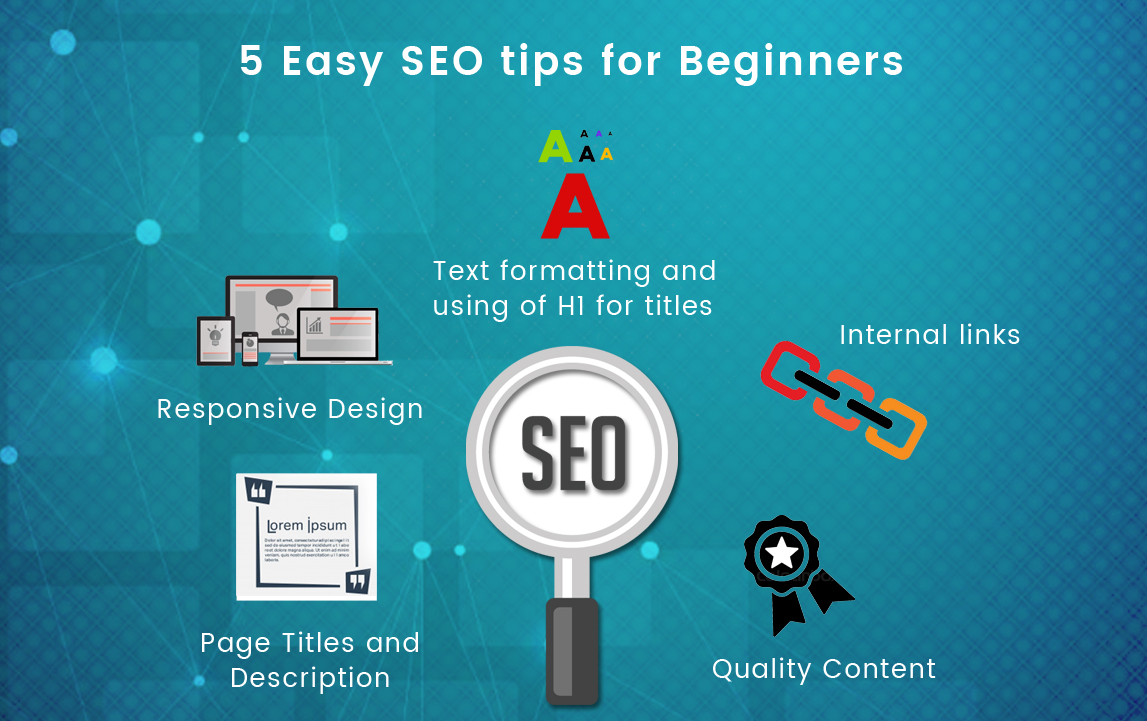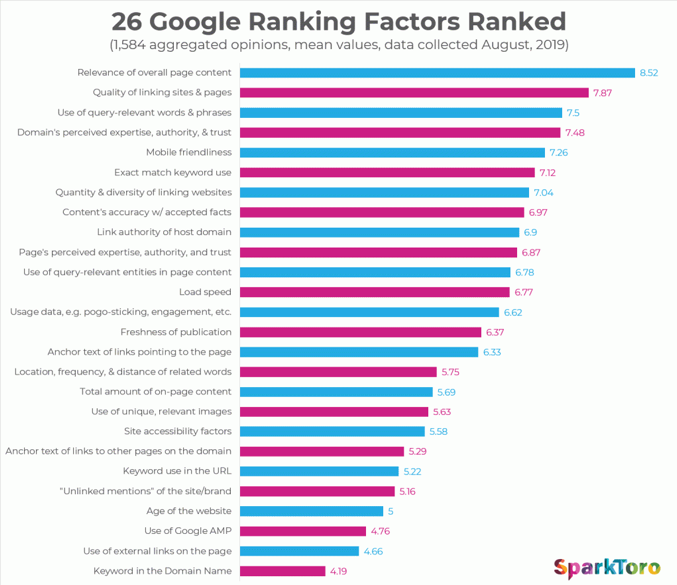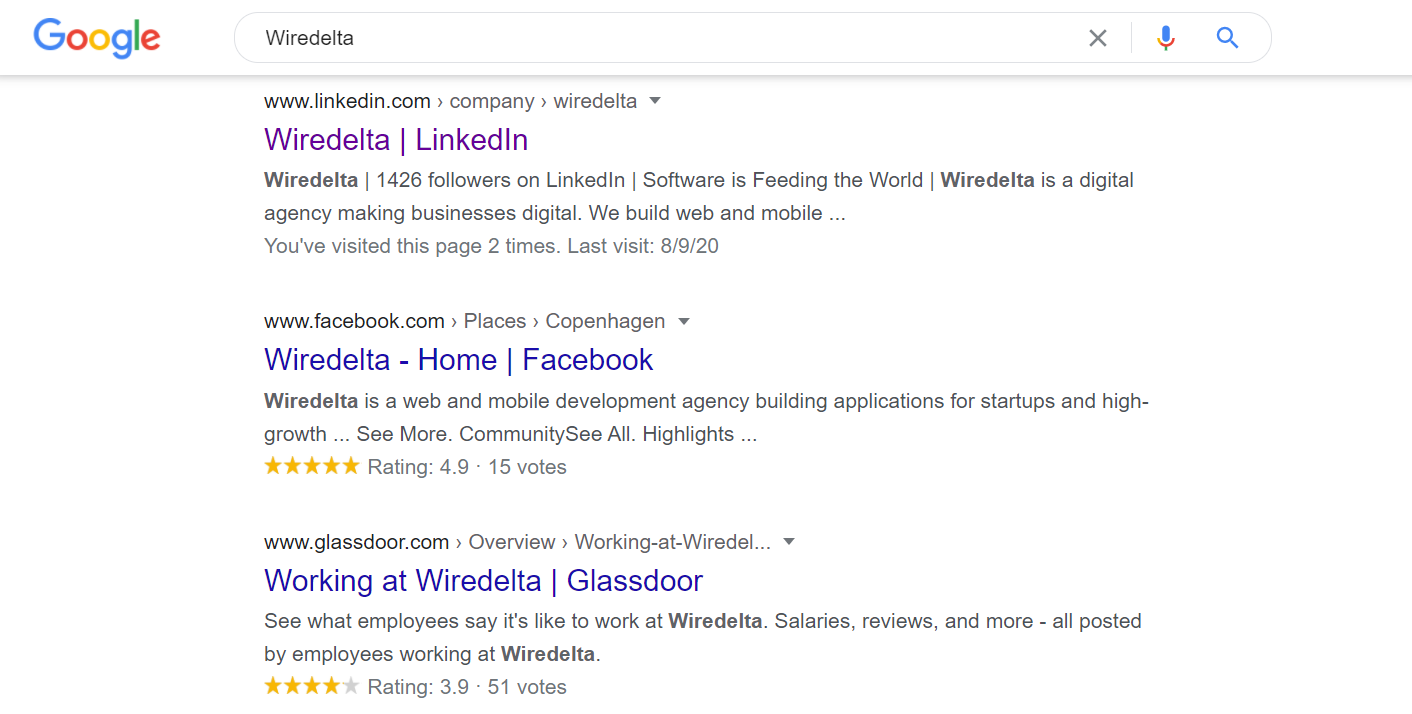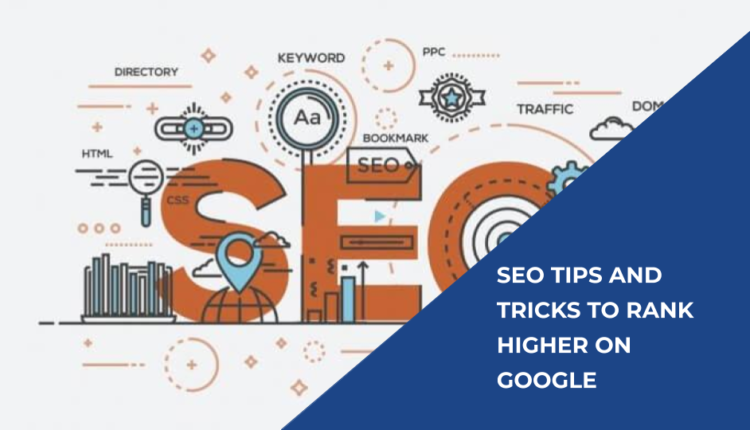Why exactly is it important to be aware of some SEO tips and tricks? It’s simply because there is a lot of competition when it comes to Google searches. And in order for you to come out on top, you need to know how to make Google like you. Google’s algorithms are becoming more and more sophisticated and there are many factors influencing your ranking.

If you are able to optimize your website for some of the most important ones, it might give you a significant advantage over your competitors and make your content more visible to attract higher traffic. Therefore, we decided to list the best SEO tips and tricks to help you in your efforts to rank higher.

1. Focus on your backlinks
Some would argue that backlinks are perhaps the most important factor for Google to create an opinion about your website. Essentially, it gives a clear indication of how relevant your website is. Simply put, a bigger amount of websites linking to yours should naturally mean that your content is worth referring to. However, the reality is not so simple. While it is true that the approval of other websites is important, Google also needs to know if their opinion is trustworthy. And if the site with your backlink ends up being sketchy or unreliable in general, you might even lose some ranking points as a result.
That is why you need to figure out your complete backlink strategy and be in charge of where your backlinks are located. You should regularly scout out new opportunities, check which sites are linking to you, and also analyze how healthy these backlinks are for your website. And if they’re not, you should make an effort to fix the issue as soon as possible. Luckily, there are plenty of backlink checker tools to make this process as easy as possible.
2. Use keyword research tools
Before Google decides to give you a good ranking, it needs to know what kind of message your page is trying to put out there. And this is what keywords are for. By focusing on specific keywords, you are making Google’s job of deciding your content’s value much easier. If you are able to build your content around those relevant keywords and optimize it accordingly, you will be sending out a clear signal regarding what your page is supposed to be about.
But sometimes, finding a relevant keyword just isn’t enough. There might be a high competition or simply a low amount of people searching for it. In order to find the ideal choice, it is highly recommended that you take advantage of keyword research tools like Ahrefs or SemRush. They will give you details and show you the potential effectiveness of your choice. Most of these tools will even give you similar suggestions to help you out with your research. Now, all you need to do is choose which keyword fits your situation best and wait for the results.
3. Create quality content
Quality content equals relevance and trustworthiness of your site. All your SEO efforts essentially lead to Google noticing your site. But what happens when it finally does and finds out that the information you post is not worth the user’s time? Naturally, it will prioritize websites with a more useful or interesting content, which means that your ranking will not be as good as it could be.
4. Make your page secure
Since 2017, you might have noticed that some pages are considered as non-secured. The difference between secured and non-secured pages is the SSL certificate. Websites that own this certificate start their URL with HTTPS instead of HTTP. The added „S“ stands for Secure Sockets Layer and is considered to be a standard technology for website security. If you didn’t buy this certificate from an authorized seller, Google will not believe that sensitive data on your site remains protected and private. This will result in your website being flagged as non-secure which will push your overall ranking down.
5. Optimize for other devices
As the possibility to browse content on multiple devices came into play, Google algorithms had no choice but to evolve accordingly and decided that responsiveness is a crucial factor for every SEO strategy. The main focus currently lies on mobile responsiveness, but it would only make sense to assume that in the future, the responsiveness on other devices will be considered just as much. Non-responsive websites will automatically lower user-experience and satisfaction. As a result, Google will punish you with a lower ranking.
6. Include keywords in your meta description
Meta description under your Google result link is a good indicator of what the content might be about when taking a quick look. It’s the first real piece of the actual page’s information that users and search engines see.

In order to catch attention quickly and reaffirm that what you write about is actually relevant to the search, it might be a good idea to put your keywords directly into the meta description in a clear way. Search engines can now connect keywords to your page more easily which in turn increases your chances of ranking higher.
7. Analyze your traffic
There are many insights to be gained by analyzing how your efforts actually influence the incoming traffic. A great tool for measuring your results is the Google Analytics tool. There are tons of data and metrics for you to track like as an example the number of users, bounce rate, sessions, average session duration, pages per session, and much more.
This will allow you to understand how your users think, what works, and what doesn’t, and also what might have brought them to your website. And once you understand that, you can easily determine if you’re optimizing your SEO to move in the right direction.
8. Make sure your site is structured and easy to navigate
Imagine coming across a badly structured page where it is hard to find what you’re looking for and you get lost there for minutes. You will naturally get frustrated and if you have other options probably leave the site altogether. And that is exactly how Google feels as well. When your page is hard to navigate for its users, the search engine decides that it probably doesn’t deserve to be among the top recommendations it can provide in the search results.
And so, it is up to you to make the structure as clear as possible, so users know exactly on what to click on when they want to move to a specific section. Additionally, you could also help by including a lot of internal links in your posts. This will connect your content in an easy and understandable way, which will eventually increase overall user-experience and thus make Google happy at the same time.
9. Include media
Rich content makes your website look more clear and that also means more relevant both in terms of ranking and user satisfaction. In other words, search engines like Google prefer to prioritize websites which have a bigger chance of making users happy. And even though some aspects are harder to judge than others, it definitely knows that users will appreciate it when there is an opportunity to get information in more ways than just by reading a simple text.
And in the event that the media is created by you, it can potentially generate quite a handful of backlinks as well. If someone else wishes to use your image or a video, then they automatically need to refer to your site.
10. Optimize images
Images that are optimized for SEO can come a long way in helping you when Google is crawling through your website. If you decide that an image is more appropriate than text, you also need to provide Google a way how to read it. Take into consideration the image’s size, name, correct format, and whatever you do, do not forget about the alternative text.
All of these details seem small but large images will slow down your page, the more oversized images you have, the slower the loading time. On the other hand, the name and alt text help when Google’s bots stumble upon an image. Based on these two small pieces of content, the bots understand what the image shows and what is its correlation with your content. Without them, the image is considered pure decoration. So, with current algorithms adding an unoptimized image could do more harm than good.
11. Users come first
Even though focusing on optimization for the Google ranking factors is important, never forget that your content is made for your users first. If you try to optimize your website with just Google in mind, you might lose perspective about what actually looks attractive and natural for your users. Eventually, it would backfire and have a negative impact on your traffic which is a deciding factor in itself.
Conclusion
As previously mentioned, Google algorithms are constantly evolving and changing. Some factors might have different importance depending on the situation and it is hard to determine which are the most important to focus on. That also means that there are situations where you don’t have to focus on all of them and still be able to rank among top searches. It is up to you to decide which actions will benefit your site the most.
After you use your own SEO strategy and optimize your website, all you need to do is to just sit back and watch Google do the rest. We simply hope that our SEO tips and tricks list helped you understand how important your SEO strategy might be and how to take advantage of these important ranking factors.

Comments are closed.